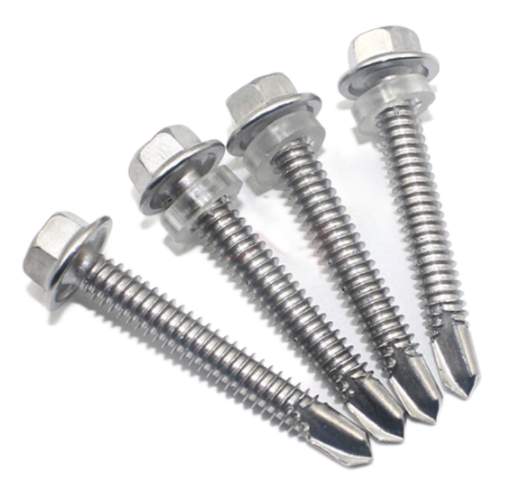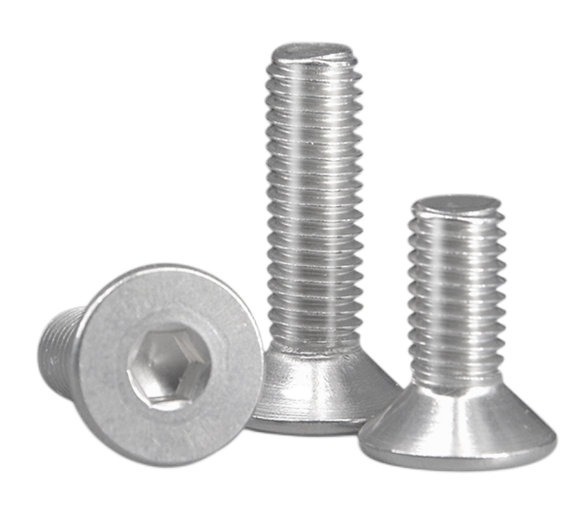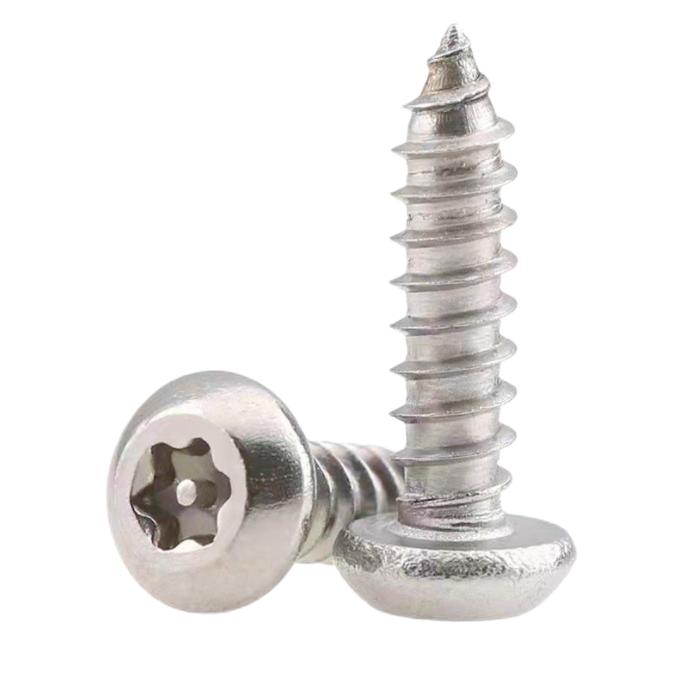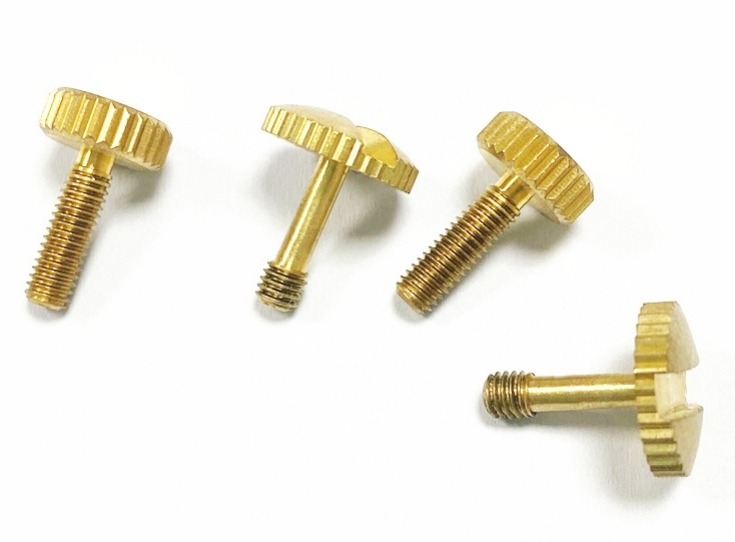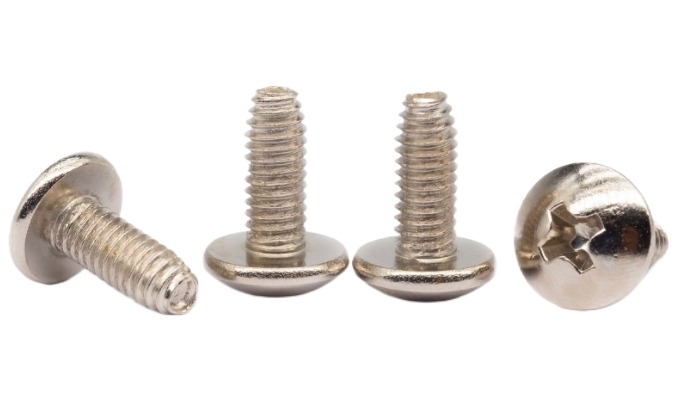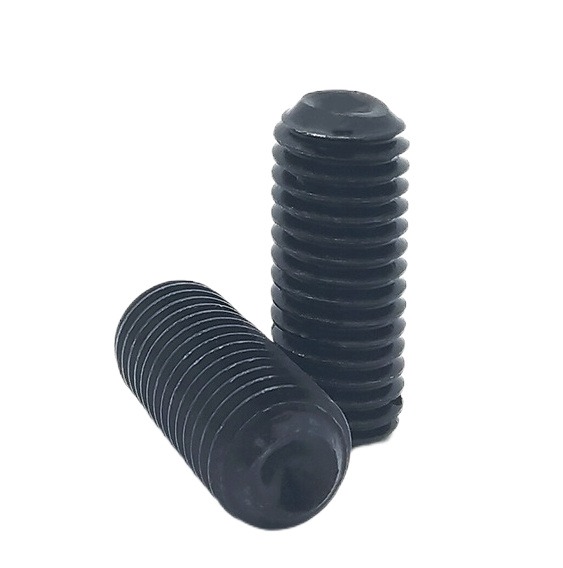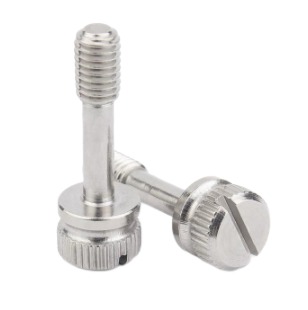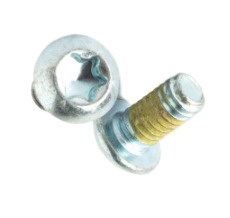What are the Categories of Self-Tapping Screws?
First of all, We Need to Understand What is a Self-Tapping Screw.
In most cases, self-tapping screws are used for the connection between thin metal plates such as steel plates and saw blades. When connecting, first make a threaded bottom hole for the connected piece, and then screw the self-tapping screw into the threaded bottom hole of the connected piece.
The self-tapping screw can drill one of the matched female threads in the pre-drilling of metal or non-metallic materials by its own thread on the consolidated material. It is mainly used to connect thin metal plates, such as thin iron sheet, copper sheet, aluminum alloy and other metals. The biggest difference between self-tapping screws and other screws is that the head of self-tapping screws is pointed and self-tapping screw can pass through walls or other metal materials without drilling. It can not only reduce the workload of fixed projects, but also has the characteristics of convenient use, so it is widely used in household appliances.
Structure of Self-tapping Screw
Self-tapping screw is composed of head, rod and rod end. Each tapping screw has four main elements: head shape, screwing method, thread type and end type
1.Shapes of screw heads
The shapes of screw heads are various. There are round head, half round head, flat round head, round head flange, flat round head flange, pan head, pan head flange, countersunk head, half countersunk head, cylinder head, spherical cylinder head, horn head, hexagon head, hexagon flange head, etc.
2. Screwing methods
The screwing method refers to the way to twist the screw head when installing and tightening the screw. There are two basic methods, which include external screwing and internal screwing. Generally speaking, the allowable torque of external wrench is larger than that of any internal wrench.
External wrench
Hexagon, hexagon flange face, hexagon flange, hexagon torx, etc
Internal wrench
Slotted slot, cross slot H, cross slot Z, cross slot F, square slot, composite slot, internal spline, internal hexagonal spline, internal triangle, internal hexagon, internal 12 corner, clutch slot, six-blade slot, high torque cross slot, etc.
3. Types of screw threads
There are many kinds of screw threads, including self-tapping thread, machine thread, drywall screw thread, fiberboard screw thread, and other special threads. In addition, threads can be divided into single lead, double lead, multiple lead and high and low tooth double head threads
4. Screw end forms
There are two main types of ends, including cone end and flat end. However, according to the needs of use, the screw-in part of the end can process grooves, notches or parts similar to the shape of the drill bit.
The Development of Self-Tapping Screws
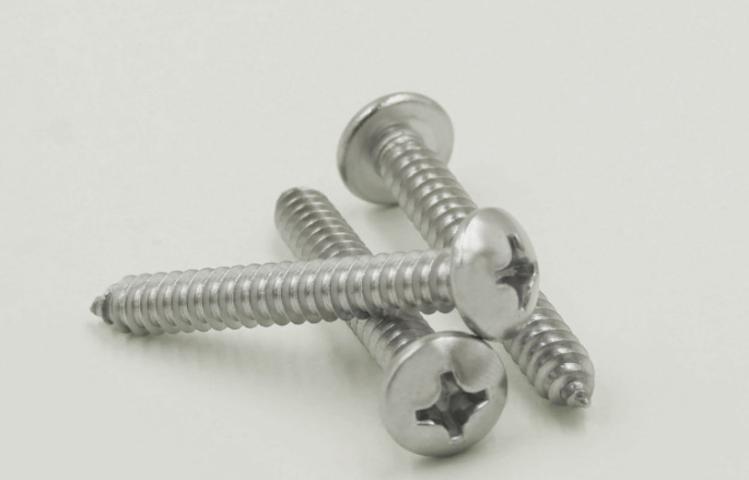
1. Ordinary Self-Tapping Screws
The principle of the ordinary self-tapping screw is: that when it is screwed into the prefabricated hole, the internal thread connected to the screw is formed by the displacement of the material around the hole and pushing the material into the space between the threads.
The thread of an ordinary self-tapping screw is the self-tapping thread, also called coarse thread. Surface treatment is mostly in the form of electroplating.
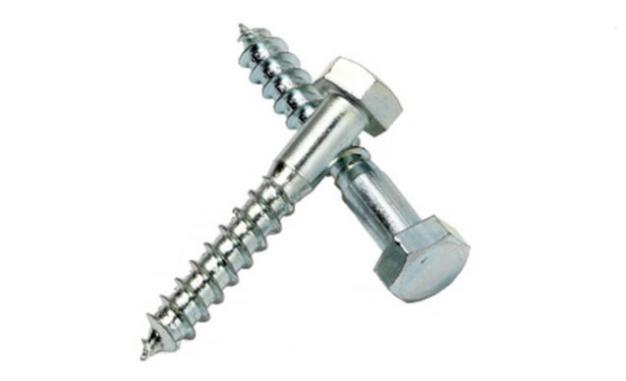
2. Self-Cutting Self-Tapping Screws
Because ordinary self-tapping screw thread forming can only be used conveniently on relatively thin and tough materials. When the use of self-tapping screws is expanded to thicker sections and materials with hard, brittle, and other poor deformability, self-cutting self-tapping screws are required.
The principle of self-cutting and self-tapping screws is to machine a cutting groove or cutting edge at the end of the screw shank. When this kind of screw is screwed into the prefabricated hole, the screw acts as a tap and actually makes the thread that connects with itself.
There are several types of self-cutting self-tapping screws: cross-recessed pan head self-cutting self-tapping screws, cross recessed countersunk head self-cutting self-tapping screws, cross recessed half-countersunk head self-cutting self-tapping screws, and hexagon head self-cutting self-tapping screws.

3. Self-Extrusion Self-Tapping Screws
The threads and ends are specially designed for this type of screw according to the principles of cold-forged tap design. Allows the screw to form a connecting internal thread by applying intermittent, periodic pressure on the crest of its thread, rather than on the side of the entire thread.
By concentrating and limiting the forming pressure, the pressurized material against the hole can be made to flow more easily and better fill the flanks and roots of the thread of the self-tapping screw. Since the frictional resistance of screwing in is much lower than that of ordinary self-tapping screws, self-extrusion self-tapping screws can be screwed into thicker sections. At the same time, it has better screw-in control and tightening torque, and greatly improves the connection strength and overall firmness.
The threads of self-extrusion self-tapping screws are generally machine threads, and self-tapping threads are rarely used. In the wrenching method, in order to ensure the use of high-speed automatic assembly wrenches, slotting is generally not recommended. The cross-section of the screw of the self-extrusion self-tapping screw is triangular, so it is also called a triangular thread screw.
4. Self-Drilling and Self-Tapping Screws
In practical applications, self-tapping screws require prefabricated holes. Moreover, in order to make the prefabricated holes have a good effect in practical application, the size of these holes must be controlled within a fairly strict range.
In the early 1960s, self-drilling and self-tapping screws appeared. Since there is no need to machine prefabricated holes, a large part of the problem of reducing assembly costs is solved. In a nutshell, self-drilling and self-tapping screws realize the one-time operation of drilling, tapping, and tightening.
In Chinese, German and international standards, the threads of self-drilling self-tapping screws are self-tapping threads. The thread of the BSD self-drilling self-tapping screw in the American ASME and SAE standards is a self-tapping thread, while the CSD-type self-drilling self-tapping screw is a machine thread. Self-drilling self-tapping screws generally do not use “slotted” and “ordinary hexagon head”.
Features of Self-tapping Screw
1. The self-tapping screw is a screw with a drill bit. The hexagonal socket bolt is constructed with a special electric tool. Drilling, tapping, fixing and locking are completed at one time. The self-tapping screw is mainly used for the connection and fixation of some relatively thin parts, such as the connection between color steel plate and color steel plate, the connection between color steel plate and purlin, the connection of wall beam, etc. Its penetration capacity is generally not more than 6mm, and the maximum is not more than 12mm.
2. Self-tapping screws are often exposed outdoors and have strong corrosion resistance. Its rubber sealing ring can ensure no water seepage at the screw.
3. The self-tapping screw is suitable for the use of wood materials, which is often referred to as wood screws. Generally, they are operated manually. Due to manpower constraints, these screws are generally very small, and the scope of use is relatively narrow.
4. The self-tapping screw combines the tap with the bolt. The front is the tap, and the back is the thread. On generally soft materials, drill a hole and then screw it in directly. Tap out the thread, and then tighten the bolt thread. If the screw diameter is small and the material is also very soft, It can even be screwed into wood without drilling first.
5. Self-tapping screws are usually described by three parameters which include screw diameter series, number of threads per inch length and screw length. There are 10 and 12 levels of screw diameter, with corresponding screw diameters of 4.87mm and 5.43mm respectively. There are 14, 16 and 24 levels of threads per inch length. The more threads per inch length, the stronger its self-drilling ability.
How Can Self-tapping Screws Be Driven In Easily?
The biggest feature of self-tapping screw is that it does not need to be used with nuts, and can be locked and connected by its own thread. It is a very commonly used screw in daily life. When self-tapping screws are screwed into holes on plastic metal materials, internal threads can be formed in the holes by extrusion, which is the key role of self-tapping and self-drilling.
In fact, self-tapping screws can be driven in with air screwdriver, screwdriver, gun drill, and electric hammer. Generally, electric hammer is needed to drive concrete. Ordinary nails cannot be nailed for concrete walls with a mark above C10, and cement steel nails can be directly used if the requirements for bearing gravity are not high. If the load bearing requirement is high, it needs to be fixed with expansion screws, common plastic expansion pipes and self-tapping screw.
Summary
Self-tapping screw has a higher tightening effect. They are screws that can be drilled into objects with drill holes. They are widely applied in wood, iron, steel, aluminum alloy, plastic and other different building materials. It has the functions of opening and connecting.
In addition to self-tapping screws, KENENG, as a fastener manufacturing factory, can also provide many other types of screws, as well as bolts, rivets, washers, and other fasteners. We hope you will contact us for a specific product quote.

